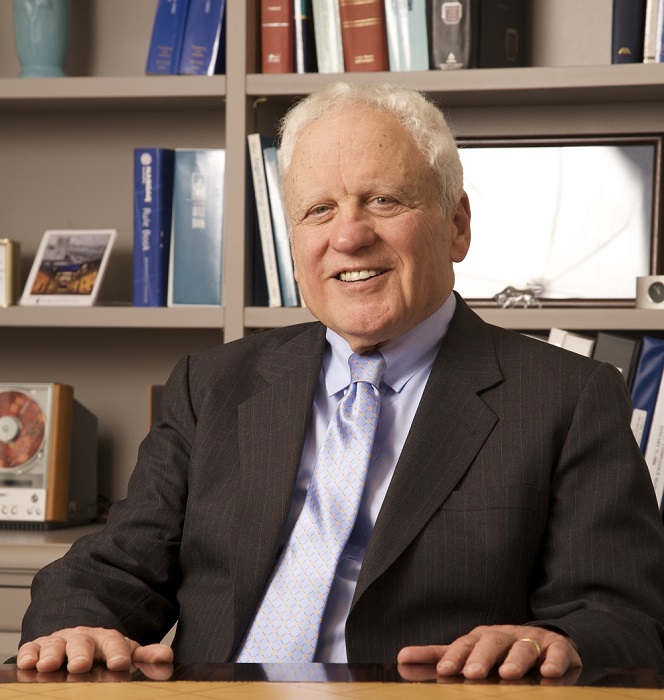The 1100-year-old Codex Sassoon, the oldest and most complete Hebrew Bible, was sold on May 17th at Sotheby’s for $38.1m. The sacred text, considered the foundation of Jewish ethics and beliefs, will become part of the core exhibition and permanent collection of ANU – Museum of the Jewish People in Tel Aviv, Israel. The Codex Sassoon acquisition by the American Friends of ANU was made possible by the generous donation of Ambassador Alfred H. Moses, of Washington, DC, and the Moses family.

“The Hebrew Bible is the most influential book in history and constitutes the bedrock of Western civilization. I rejoice in knowing that it belongs to the Jewish People. It was my mission, realizing the historic significance of Codex Sassoon, to see that it resides in a place with global access to all people,” says Ambassador Moses. “In my heart and mind that place was the land of Israel, the cradle of Judaism, where the Hebrew Bible was originated. In Israel at ANU, it will be preserved for generations to come as the centerpiece and gem of the entire and extensive display and presence of the Jewish story.”
“ANU embodies the Jewish narrative and safeguards the values, legacy, heritage and identity of the Jewish people,” says Irina Nevzlin, Chair of ANU’s Board of Directors. “We will be eternally grateful to Ambassador Moses and his family for ensuring that the most treasured, historic and complete Bible in existence will be permanently displayed at the world’s largest Jewish Museum.”

The Hebrew Bible is a sacred text, the source of eternal wisdom and knowledge for peoples across the globe representing many religions and sects. For thousands of years, people have intensively studied, analyzed, and meditated on Scripture to acquire wisdom and attain spiritual enlightenment. This storied Hebrew Bible dates back to circa 900 CE and consists of 24 books presented in 792 pages made from several hundred sheepskins weighing a total of 26 pounds. The 24 books are divided into three sections: The Torah (Pentateuch), the Prophets, and the Writings. It is said to have been created by a Jewish scribe in Egypt or the Levant and has miraculously been preserved for over 1,000 years and up until 30 years ago, when it was last publicly displayed, has remained out of public view for centuries. The Codex Sassoon is named after its most notable owner and avid collector of Judaica, David Solomon Sassoon, who died in 1942. It demonstrates the meaning of survival, endurance, resilience, perseverance, and dedication, much like the Jewish People.
“The Codex Sassoon Bible is a powerful and meaningful manuscript of faith, history and culture,” adds Daniel Pincus, President of American Friends of ANU. “As the basis of Judaism, Christianity, and Islam, the Hebrew Bible is a seminal text to countless people, and one of the most important discoveries of our time.”